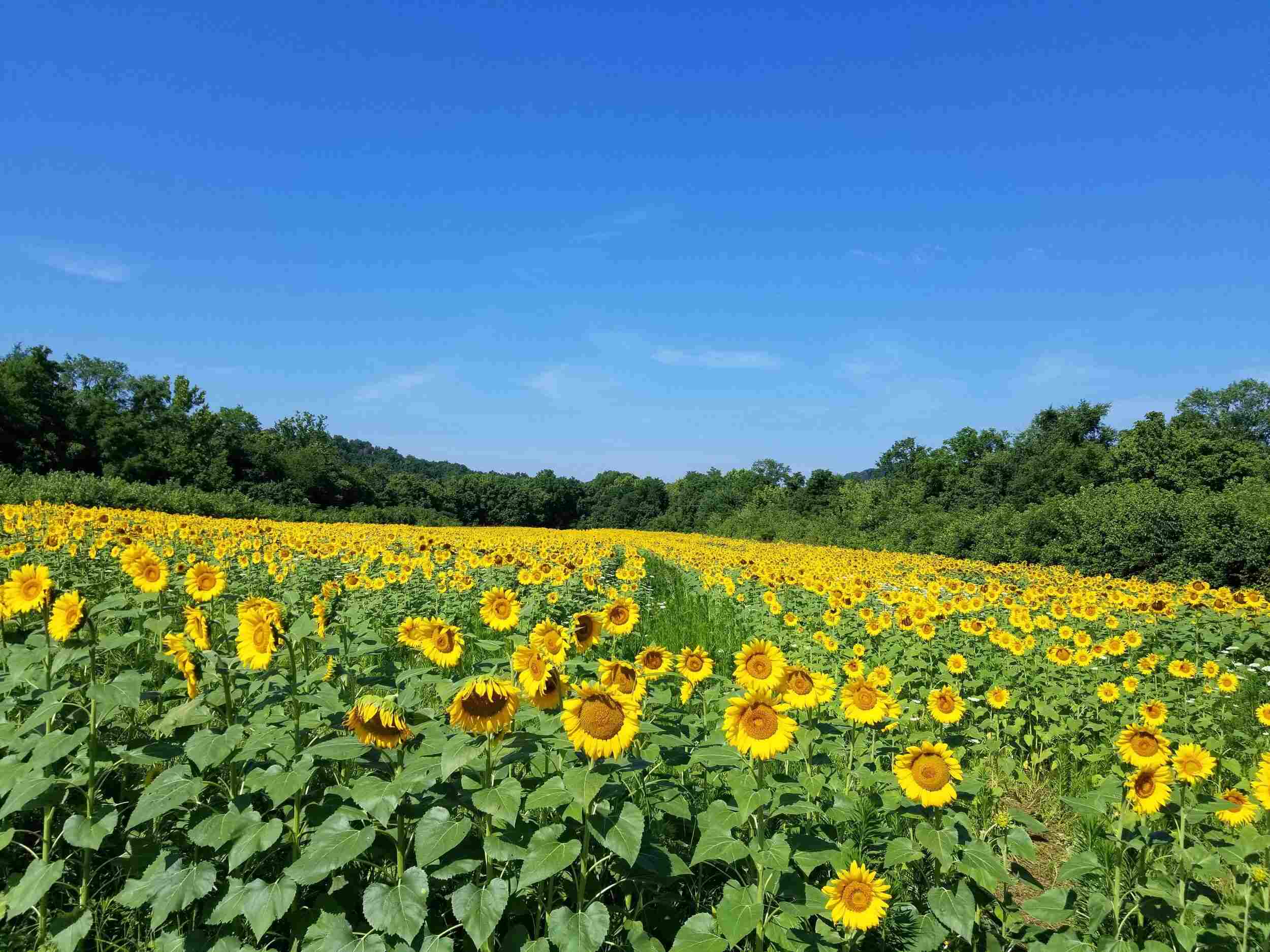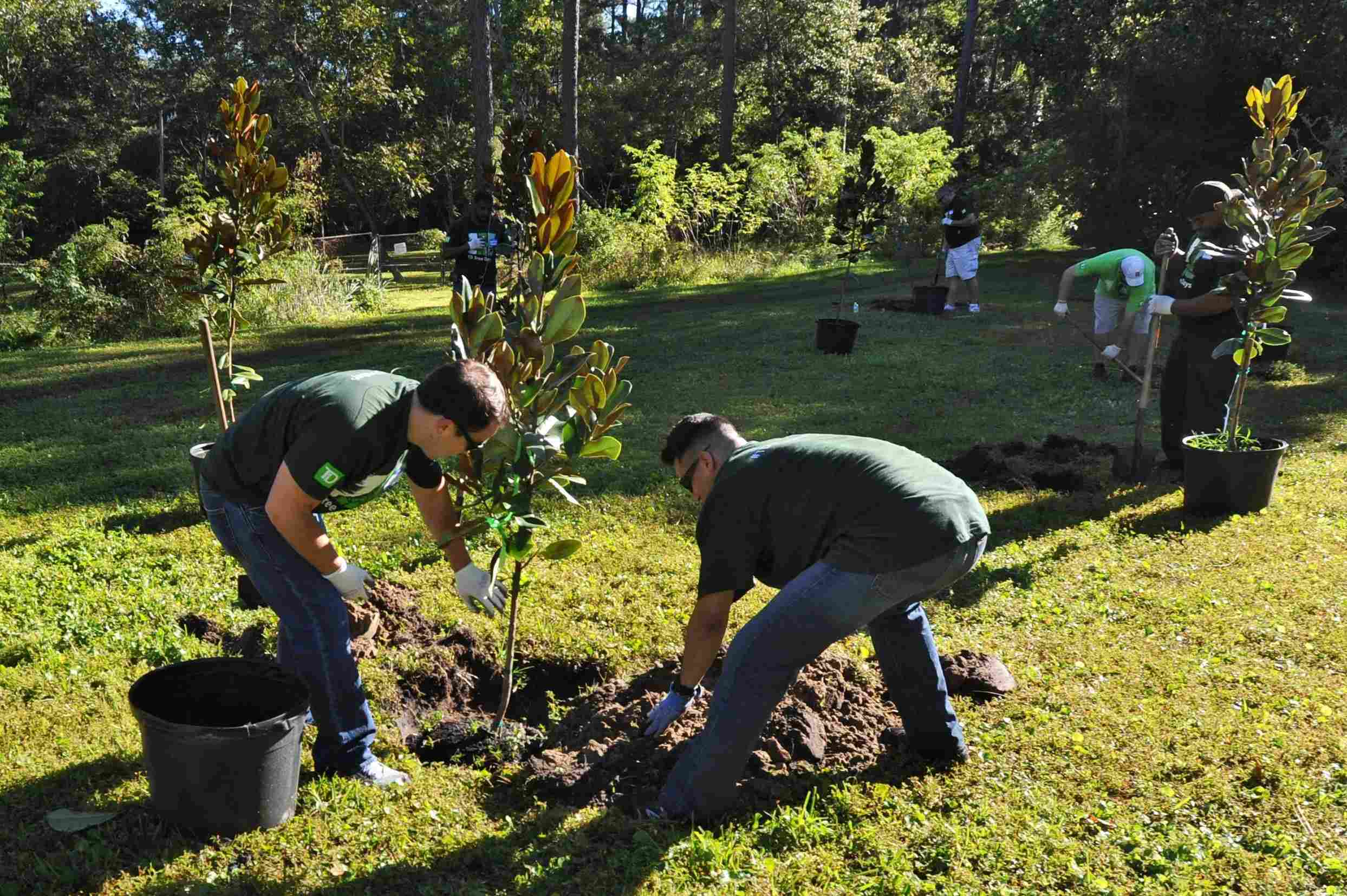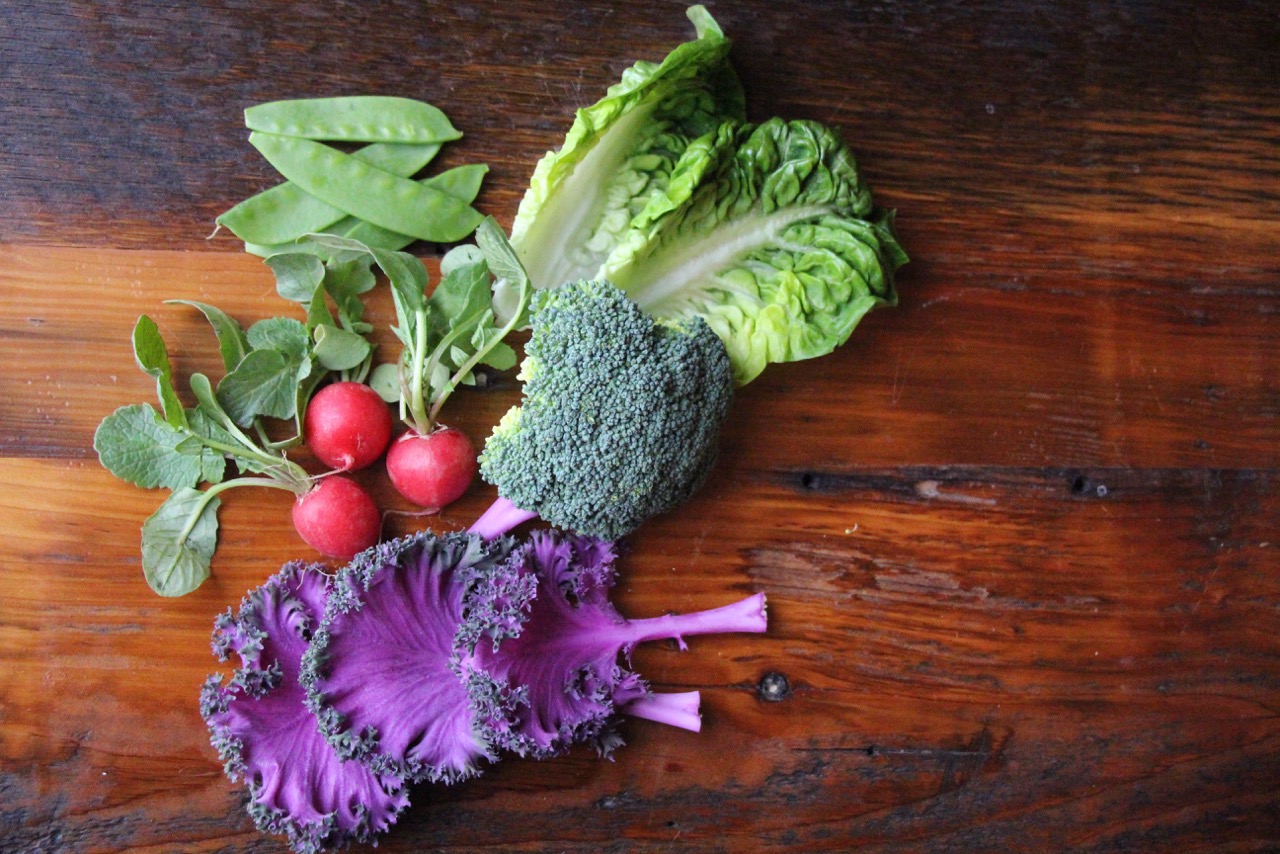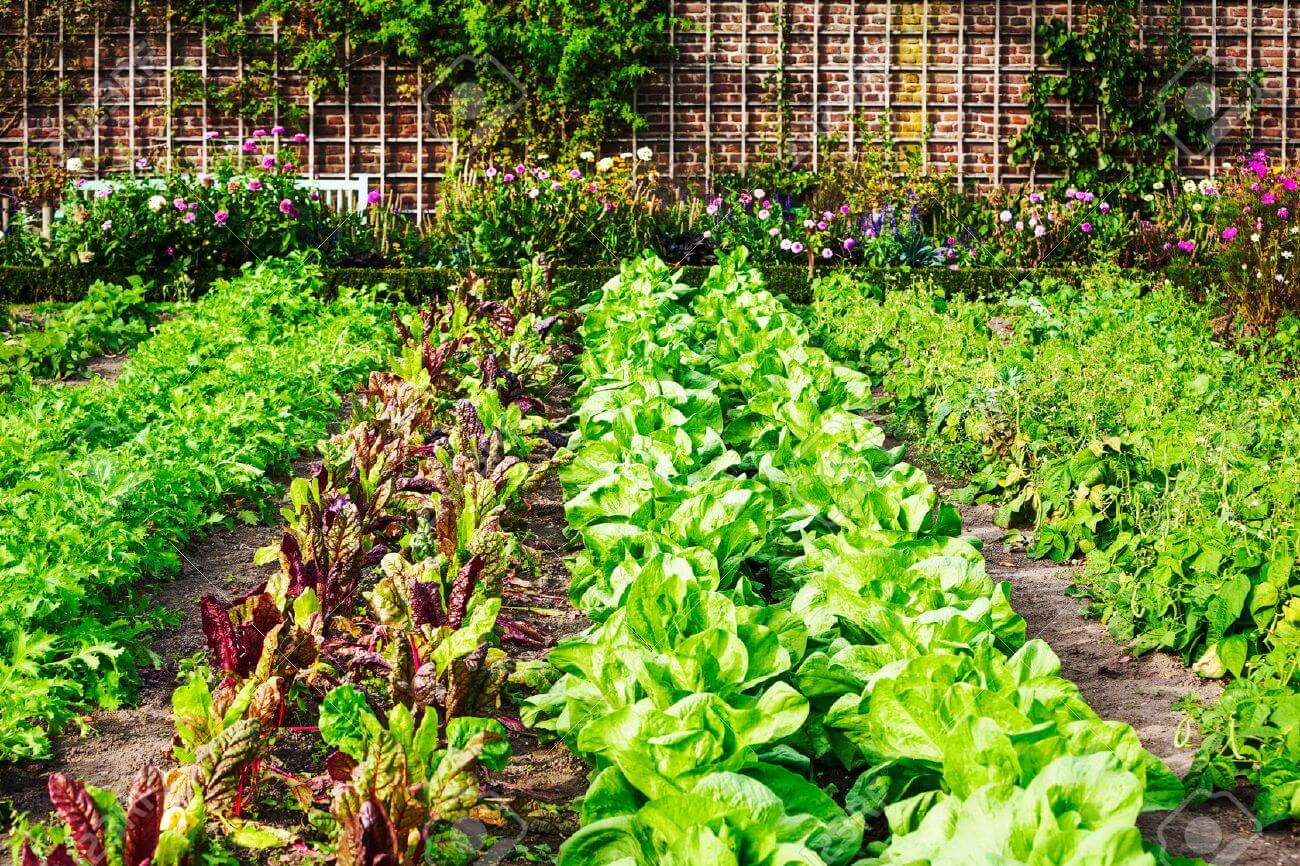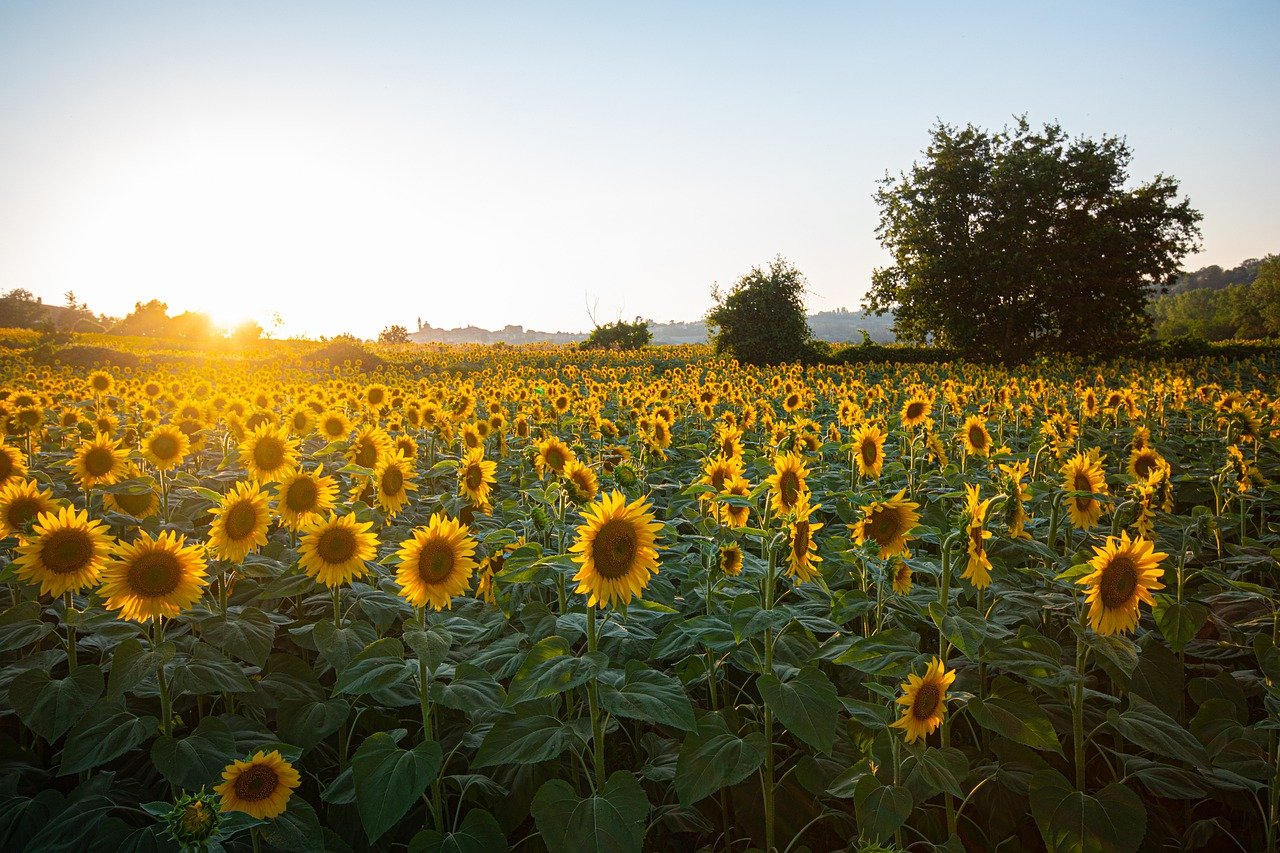Home>Types of Gardening>Ornamental Gardening>What Is Blooming In Tennessee Right Now


Ornamental Gardening
What Is Blooming In Tennessee Right Now
Published: January 11, 2024
Discover the vibrant world of ornamental gardening in Tennessee as we reveal what is currently blooming. Explore a diverse range of plants and get inspired to enhance your own garden.
(Many of the links in this article redirect to a specific reviewed product. Your purchase of these products through affiliate links helps to generate commission for Chicagolandgardening.com, at no extra cost. Learn more)
Table of Contents
Introduction
As spring arrives, the ornamental gardens of Tennessee transform into vibrant and colorful displays of nature’s beauty. From delicate cherry blossoms to cascades of blooming wisteria, there is an abundance of flora to admire. Tennessee’s temperate climate and diverse landscapes provide the perfect conditions for a wide variety of ornamental plants to thrive.
Whether you are a seasoned gardener or simply enjoy the beauty of nature, exploring the blooming wonders of Tennessee is a delightful experience. The state boasts a rich horticultural heritage, with numerous gardens and parks showcasing a stunning array of spring flowers. From the bustling urban landscapes of Nashville to the quiet countryside of Franklin, there is no shortage of picturesque locations to immerse yourself in the beauty of ornamental gardening.
In this article, we will take a closer look at the enchanting blooms that can be found in Tennessee during the spring season. From iconic cherry blossoms and dogwood trees to cheerful daffodils and tulips, each flower adds its own unique charm to the landscape. We will also explore the vibrant colors of azaleas and rhododendrons and the ethereal beauty of wisteria. Lastly, we will venture into the wild to discover the hidden treasures of Tennessee’s native wildflowers.
So, grab your gardening gloves and join us on this journey through Tennessee’s ornamental gardens as we discover the captivating blooms that adorn the state this spring.
Spring Flowers in Tennessee
When spring arrives in Tennessee, the landscape comes alive with an array of stunning flowers. The combination of mild temperatures and ample rainfall creates the perfect conditions for a vibrant floral display. From early bloomers to late-season stunners, the state offers a diverse range of spring flowers that will delight any gardening enthusiast.
One of the most anticipated springtime spectacles in Tennessee is the blooming of cherry blossoms. These delicate flowers adorn the branches of cherry trees, creating a dreamlike atmosphere. The annual Nashville Cherry Blossom Festival celebrates this ephemeral beauty, filling the air with the fragrance of cherry blossoms as visitors immerse themselves in a sea of pink and white petals.
Another iconic spring flower in Tennessee is the dogwood tree. Known for its distinctive four-petaled flowers, the dogwood adds a touch of elegance to gardens and woodlands throughout the state. The white or pink blooms create a breathtaking contrast against the new green leaves, making the dogwood a favorite amongst both landscapers and nature enthusiasts.
As spring progresses, daffodils and tulips begin to make their appearance. These cheerful flowers bring a burst of color to gardens and parks across Tennessee, signaling the arrival of warmer days. Daffodils, with their sunny yellow hues, are often the first spring flowers to bloom, while tulips offer a dazzling array of colors and varieties, ranging from bold reds to delicate pastels.
Azaleas and rhododendrons are another highlight of Tennessee’s spring flower scene. These flowering shrubs paint the landscape with their vibrant blooms, adding splashes of magenta, purple, and white to gardens and wooded areas. The Great Smoky Mountains National Park is particularly renowned for its Rhododendron Festival, during which the hillsides are cloaked in a breathtaking display of pink and lavender petals.
Wisteria, with its cascading blooms, adds a touch of whimsy to Tennessee’s ornamental gardens. The long, delicate flower clusters drape gracefully from arbors and trellises, creating mesmerizing displays of lavender or white. Walking through a wisteria-covered pathway is like stepping into a fairytale, as the intoxicating scent fills the air and the blossoms dance in the gentle spring breeze.
Lastly, Tennessee is blessed with a diverse array of native wildflowers. From the delicate trilliums to the vibrant purple coneflowers, the state’s natural landscapes are adorned with these captivating blooms. Hiking through Tennessee’s trails in springtime offers the opportunity to discover the hidden gems of the wildflower world, making it a paradise for nature lovers and photographers alike.
With each passing day of spring, Tennessee’s ornamental gardens come alive with a symphony of colors and fragrances. The variety of spring flowers found in the state is a testament to its rich biodiversity and the dedication of its gardeners. Whether you find solace in strolling through cherry blossom-filled parks or delight in the wild beauty of native flowers, Tennessee offers an abundance of springtime splendor that is not to be missed.
Cherry Blossoms
When it comes to springtime in Tennessee, one of the most enchanting sights to behold is the blooming of cherry blossoms. These delicate flowers, with their velvety petals in shades of pink and white, create a dreamlike atmosphere wherever they are found.
The cherry blossom season in Tennessee typically occurs in late March or early April, depending on the weather conditions. One of the best places to witness this floral spectacle is during the Nashville Cherry Blossom Festival, a celebration of Japanese culture and the beauty of cherry blossoms.
The festival is held at the stunning Nashville Cherry Blossom Festival Park, which showcases over 1,000 cherry trees in full bloom. Visitors can stroll along pathways adorned with a sea of pink and white petals, creating a magical backdrop for cultural performances, arts and crafts, and delicious food offerings.
While the festival is undoubtedly a highlight, cherry blossoms can be found throughout Tennessee, not just in Nashville. Take a leisurely walk through local parks, such as Centennial Park or Bicentennial Capitol Mall State Park, and you’ll be rewarded with the breathtaking sight of cherry trees in bloom.
Cherry blossoms hold great cultural significance in Japan, where they are celebrated with hanami, the tradition of viewing and appreciating the cherry blossoms. In Tennessee, visitors can partake in their own version of hanami by gathering with friends or loved ones for a picnic under the cherry trees. It’s a wonderful way to immerse oneself in the serene beauty of nature and celebrate the arrival of spring.
Not only are cherry blossoms visually stunning, but they also emit a delicate and enchanting fragrance that adds to their allure. The soft, floral scent carries with it a sense of renewal and optimism, reminding us of the fleeting and precious nature of life.
Whether you choose to admire cherry blossoms at a festival or in a peaceful park, their ephemeral beauty is sure to leave an indelible impression. These delicate flowers symbolize the beauty and transience of life, reminding us to cherish every moment and find joy in the ever-changing seasons.
So, during the cherry blossom season in Tennessee, take a moment to pause, breathe in the sweet fragrance, and marvel at the ethereal beauty of these enchanting flowers.
Dogwood Trees
When spring arrives in Tennessee, one of the most iconic sights is the blooming of dogwood trees. Known for their graceful elegance and distinctive four-petaled flowers, dogwoods add a touch of enchantment to the landscape.
The dogwood is the state tree of Tennessee, and its flowers symbolize purity and beauty. These beautiful blooms typically emerge in April, covering the branches of dogwood trees in a stunning display of white, pink, or even a rare red hue.
One of the best places to witness the beauty of dogwood trees is in the Great Smoky Mountains National Park. The park is home to numerous dogwoods, which create a breathtaking scene against the backdrop of the majestic mountains. Hiking through one of the park’s many trails during the spring season offers the opportunity to immerse oneself in the awe-inspiring beauty of these flowering trees.
However, the charm of dogwoods extends beyond the national park. Many residential areas and gardens throughout Tennessee proudly showcase these trees, turning neighborhoods into picturesque landscapes during the springtime.
The delicate flowers of the dogwood stand out against the backdrop of fresh green leaves, creating a striking contrast. The petals are often tinged with soft shades of pink, giving the tree an ethereal glow. It is not uncommon to see dogwood trees covered in a canopy of flowers, attracting butterflies and other pollinators.
Aside from their captivating beauty, dogwoods also hold historical and cultural significance. The wood of the dogwood tree is dense and hard, making it a popular choice for crafting tools and furniture. In addition, the legend of the dogwood tree holds that its wood was used to construct the cross on which Jesus was crucified, leading to the tree’s humble and crooked appearance.
Whether you come across a dogwood tree while exploring the Great Smoky Mountains or in a neighborhood park, take a moment to appreciate its graceful presence. These magnificent trees, with their delicate flowers and symbolism, remind us of the enduring beauty and resilience found in nature.
So, as you venture outdoors during the spring season in Tennessee, keep an eye out for the elegant dogwood trees and let their enchanting beauty fill you with a sense of wonder and awe.
Daffodils and Tulips
When spring arrives in Tennessee, the landscape comes alive with the cheerful blooms of daffodils and tulips. These vibrant flowers bring a burst of color and joy to gardens, parks, and roadside displays throughout the state.
Daffodils, with their bright yellow petals and trumpet-like center, are often the first heralds of spring. These hardy flowers can withstand cooler temperatures and can be spotted as early as late February. Their sunny disposition and early arrival make them a symbol of hope and renewal.
Whether planted in clusters in gardens or scattered along walking paths and open fields, daffodils create a striking visual contrast against the backdrop of green foliage. Their vibrant yellow hues create a beacon of light, signaling the arrival of warmer days and the promise of a new season.
Tulips, on the other hand, arrive a little later in the season, usually in March or early April. Known for their wide range of colors and elegant shapes, tulips bring a touch of sophistication to any garden or landscape. Whether it’s the classic red, the delicate pink, or the bold orange, tulips offer a dazzling spectacle of color.
The array of tulip varieties available allows for endless possibilities in garden design. From traditional tulip beds to mixed flower borders, these versatile flowers can be used to create stunning displays. As tulips bloom, their petals open wide, revealing their velvety texture and intricate patterns, attracting bees and other pollinators.
Both daffodils and tulips thrive in Tennessee’s moderate climate and well-drained soil. The state’s diverse gardens and parks, such as Cheekwood Estate and Gardens in Nashville or the Knoxville Botanical Garden and Arboretum, feature extensive collections of these springtime favorites. Visitors can meander through pathways lined with daffodils and tulips, immersing themselves in the sights and scents of these delightful blooms.
Whether you choose to plant daffodils and tulips in your own garden or admire them in public spaces, these vibrant spring flowers are sure to bring a smile to your face. Their cheerful presence serves as a gentle reminder to embrace the beauty and joys of the season.
So, during your springtime explorations in Tennessee, be sure to keep an eye out for the sunny blooms of daffodils and the kaleidoscope of colors offered by tulips. They are nature’s way of announcing that winter is over, and it’s time to celebrate the arrival of spring.
Azaleas and Rhododendrons
When it comes to springtime in Tennessee, the landscape is ablaze with the vibrant colors of azaleas and rhododendrons. These flowering shrubs transform gardens, parks, and woodland areas into a breathtaking display of pinks, purples, and whites.
Azaleas and rhododendrons belong to the same plant family and share many similarities. Both are known for their showy flowers and glossy evergreen leaves. They thrive in Tennessee’s mild climate and acidic soil, which provides the ideal conditions for their growth.
One of the most popular destinations to admire the beauty of azaleas and rhododendrons is the Great Smoky Mountains National Park. The park’s diverse ecosystems and varying elevations provide the perfect habitat for these flowering shrubs. During the spring season, the hillsides of the park come alive with the vivid colors of azaleas and rhododendrons, creating a breathtaking spectacle.
The Great Smoky Mountains National Park is home to 13 different species of rhododendrons, including the Catawba rhododendron, which blooms in stunning clusters of vibrant purple flowers. The park’s annual Rhododendron Festival celebrates this natural beauty, offering guided hikes, educational programs, and breathtaking views of the blooming rhododendrons.
In addition to the national park, many residential gardens and public parks throughout Tennessee also showcase stunning displays of azaleas and rhododendrons. The bold and vibrant colors of these flowers bring life and vibrancy to any landscape.
Azaleas come in a wide variety of colors, including shades of pink, white, red, and even bi-colored blooms. They are often used to create stunning borders or mass plantings, adding a burst of color to the spring garden. Rhododendrons, on the other hand, are known for their large, showy blooms in shades of pink, lavender, and white. These beautiful flowers attract hummingbirds, bees, and other pollinators, creating a buzz of activity in the garden.
While azaleas and rhododendrons are commonly seen in cultivated landscapes, it is also worth exploring Tennessee’s wild areas to discover their native counterparts. Many trails in the state offer the opportunity to witness these flowering shrubs in their natural habitat, tucked away in the lush forests and mountain slopes.
Whether you choose to explore the wild or visit carefully manicured gardens, the sight of azaleas and rhododendrons in full bloom is a true spectacle. The vibrant colors, exquisite petals, and delicate fragrance create a sensory experience that captures the essence of spring.
So, as you wander through Tennessee’s ornamental gardens or venture into the wild, be sure to take a moment to appreciate the beauty and diversity of azaleas and rhododendrons. Their radiant blooms are a testament to the resilience and natural artistry found in Tennessee’s flora.
Wisteria
One of the most enchanting and captivating blooms of the spring season in Tennessee is the cascading beauty of wisteria. With its long, delicate flower clusters and intoxicating fragrance, wisteria adds a touch of whimsy and magic to ornamental gardens and landscapes.
Wisteria vines are known for their vigorous growth and ability to drape gracefully over arbors, trellises, and pergolas. As spring arrives, these vines burst forth with an abundance of blooms, creating cascades of lavender, white, or pink flowers that hang in clusters like delicate grapes.
The wisteria’s captivating beauty can be witnessed throughout Tennessee, with many gardens and parks featuring these stunning vines. Walking through a wisteria-covered pathway is like stepping into a fairytale, as the sweet scent fills the air and the blossoms sway in the gentle spring breeze.
One of the most iconic wisteria displays is found in the charming town of Ashland City, Tennessee. The Cheatham County Courthouse is adorned with wisteria vines that completely engulf the building during the spring season. The sight of the courthouse covered in a sea of lavender blooms is truly awe-inspiring.
While wisteria is undoubtedly a feast for the eyes, its fragrance adds an extra layer of enchantment. The sweet, almost intoxicating scent of wisteria wafts through the air, creating an immersive sensory experience. It’s no wonder that wisteria is often associated with romance and fairy tales.
When planting wisteria, it is important to provide a sturdy structure such as a pergola or strong trellis to support the vine’s vigorous growth. They prefer full sun and well-drained soil, and proper pruning is necessary to control their exuberant growth and stimulate flower production.
If you’re fortunate enough to have a wisteria in your own garden, it’s worth taking the time to sit beneath its cascading blooms. Their ethereal beauty, combined with the tranquil sound of their delicate flowers swaying in the breeze, creates a soothing and serene environment.
Whether you encounter wisteria in public gardens or stumble upon it in a hidden corner of Tennessee, take a moment to appreciate its enchanting presence. With its graceful blooms, delicate fragrance, and a touch of whimsy, wisteria adds a unique and magical element to the spring season.
So, as you explore the ornamental gardens of Tennessee, be sure to seek out the cascading wonders of wisteria. Allow yourself to be captivated by its ethereal beauty and indulge in the sensory experience it provides.
Wildflowers
Beyond the cultivated gardens and manicured landscapes, Tennessee is home to a diverse array of native wildflowers. These hidden treasures can be found blooming in meadows, along trails, and nestled among the lush forests, adding bursts of color and beauty to the natural landscape.
Exploring Tennessee’s wildflowers is like embarking on a treasure hunt, as each season reveals a new assortment of floral gems. From the delicate trilliums and the vibrant purple coneflowers to the cheerful black-eyed Susans and the elegant lady’s slippers, the state’s native plants offer a kaleidoscope of colors and shapes.
Springtime in Tennessee unveils a fascinating array of wildflowers, as the warmer temperatures awaken dormant seeds and bulbs. Hiking through the state’s trails during this season offers a chance to witness the stunning displays of wildflowers in their natural habitat.
Certain areas in Tennessee are renowned for their wildflower displays. The Cherokee National Forest, for example, is home to over 2,000 species of plants, many of which are wildflowers. Its diverse topography and varied elevations provide a rich and fertile ground for a wide range of native flora to thrive.
When exploring Tennessee’s wildflowers, it is important to remember that these plants are best appreciated in their natural environment. Refrain from picking or disturbing the wildflowers, allowing them to fulfill their role in the ecosystem and ensuring their sustainability for future generations.
Each wildflower species has its own unique adaptations, attracting pollinators such as bees, butterflies, and hummingbirds. The intricate patterns, vibrant colors, and enticing fragrances serve as nature’s invitations for these vital pollinators to visit and transfer pollen, facilitating plant reproduction.
Whether you stumble upon a solitary wildflower peeking through the undergrowth or encounter vast meadows carpeted with a tapestry of blossoms, the beauty and resilience of Tennessee’s wildflowers are a testament to the state’s rich natural heritage.
So, when exploring Tennessee’s great outdoors, take the time to observe and appreciate the delicate wonders of the wildflowers. They are not only a visual feast for the eyes but also an important part of the ecological tapestry that makes Tennessee a haven for biodiversity.
Conclusion
As spring arrives in Tennessee, the ornamental gardens burst forth with a symphony of colors and fragrances. From the delicate cherry blossoms and the elegant dogwood trees to the cheerful daffodils and tulips, each spring flower adds its own unique charm to the landscape. The vibrant azaleas and rhododendrons, along with the cascading beauty of wisteria, create a sense of enchantment and wonder.
In addition to these cultivated blooms, Tennessee also boasts a rich diversity of native wildflowers. From the hidden trilliums and coneflowers to the lively black-eyed Susans and lady’s slippers, these wildflowers offer a glimpse into the state’s rich natural heritage.
Exploring Tennessee’s ornamental gardens and wildflower habitats is like embarking on a journey of discovery. It is an opportunity to immerse oneself in the beauty of nature, appreciate the changing seasons, and reconnect with the natural world.
Whether you find solace in the serene beauty of cherry blossoms, marvel at the elegance of dogwood trees, or become captivated by the vibrant colors of azaleas and rhododendrons, each spring flower has its own story to tell. And amidst the chaos of everyday life, these moments of appreciation and connection with nature can bring a sense of peace and tranquility.
So, as you venture through the ornamental gardens and wild landscapes of Tennessee, take the time to pause, observe, and embrace the beauty that surrounds you. Let the spring flowers uplift your spirits, awaken your senses, and remind you of the infinite wonders that nature has to offer.
